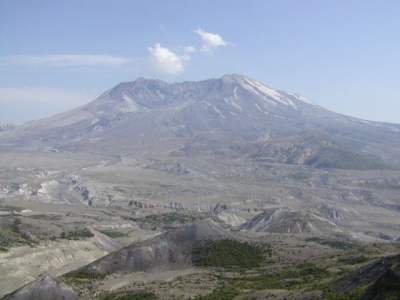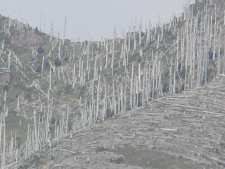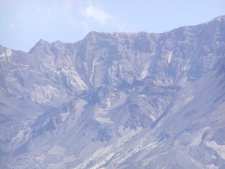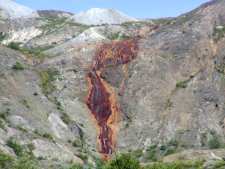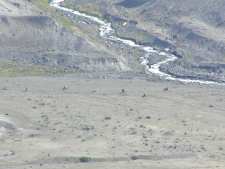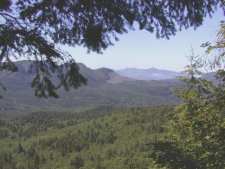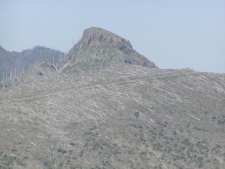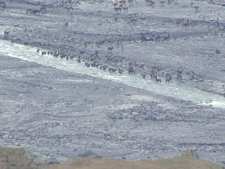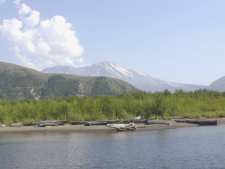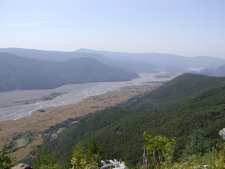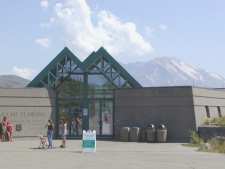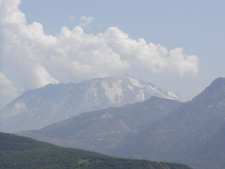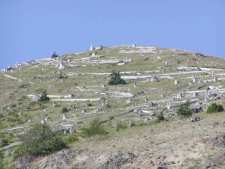When Mt. St. Helens blew up May 18, 1980, it forever changed the landscape. Even though it is now well into recovery, the face of nature looks far different, and will for years to come. If you should happen to pass that way, this is a place that you should visit.
There is a huge hole in the side of the mountain and little plant life even twenty years later, but life is returning.
There are three visitor centers that are by the Forest Service and have a fee, as well as one that is by Weyerhaeuser Wood Products, that is free. Of the three, the one by Weyerhaeuser is by far the best, although we did enjoy all four of them and one fee gets admission to the other three. Plan to spend at least a half day here.


